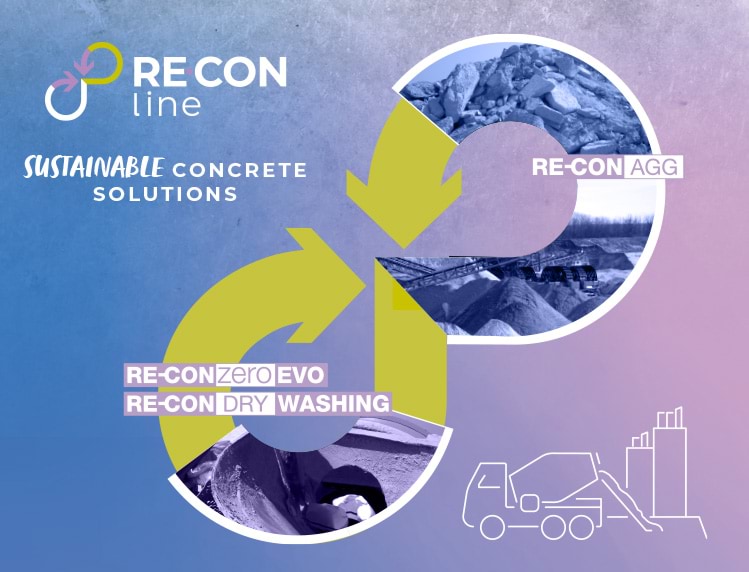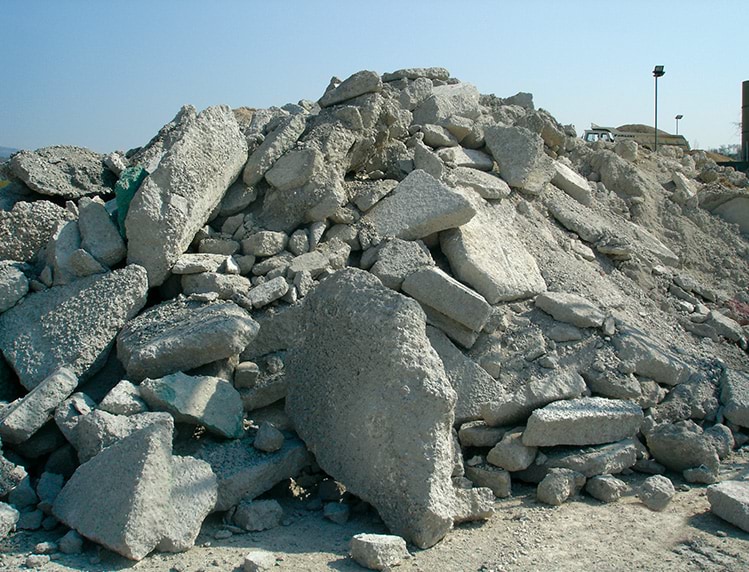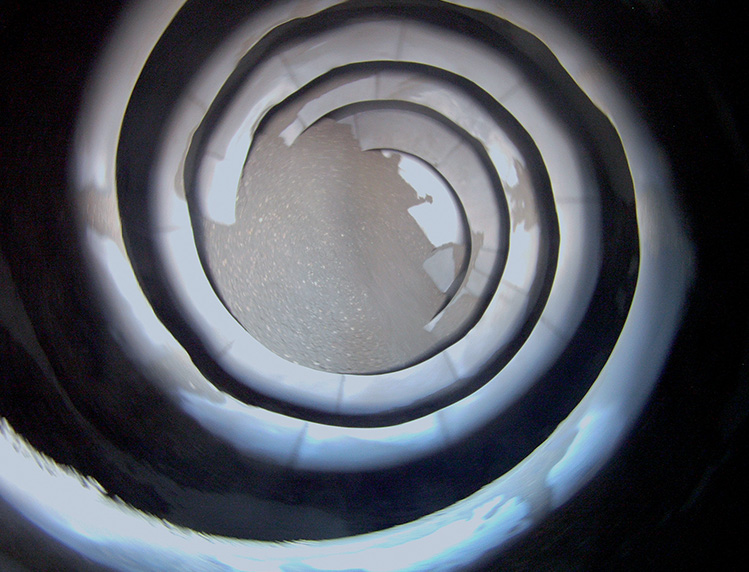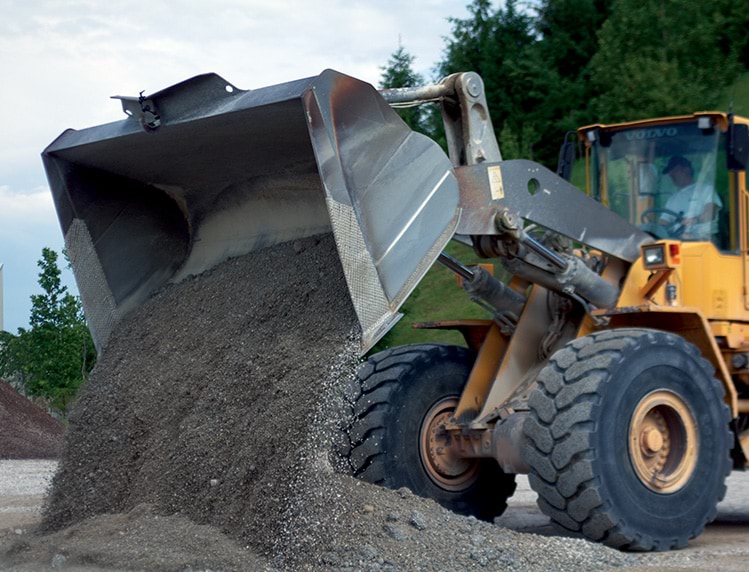Concrete is the most common construction material in the world. Three tons of concrete per year are consumed per capita. Because of its durability, strength and flexibility, it is used in wide variety of structures.
Concrete contains cement, which has a high environmental impact. Cement is the source of approximately 8% of the world´s CO2 emissions.


On average, 3% of all concrete being produced in the world comes back unused from building sites. This equates to 400 million tons of material. Most of this is transported to landfills. The effect of this unused concrete is 105 million tons of CO2 emissions, or the equivalent of 50 million cars being driven 10 000 km per year.


Mapei has developed superplasticizers to enable increased use of water demanding aggregates like crushed recycled concrete, clay-bearing sand or manufactured sand with high fines content. This will in turn reduce the need for using virgin raw materials.


Helps concrete producers reduce the use of virgin raw materials and waste streams.
Saving cost and lowering the environmental impact in concrete production.
This is tangible sustainability in action.